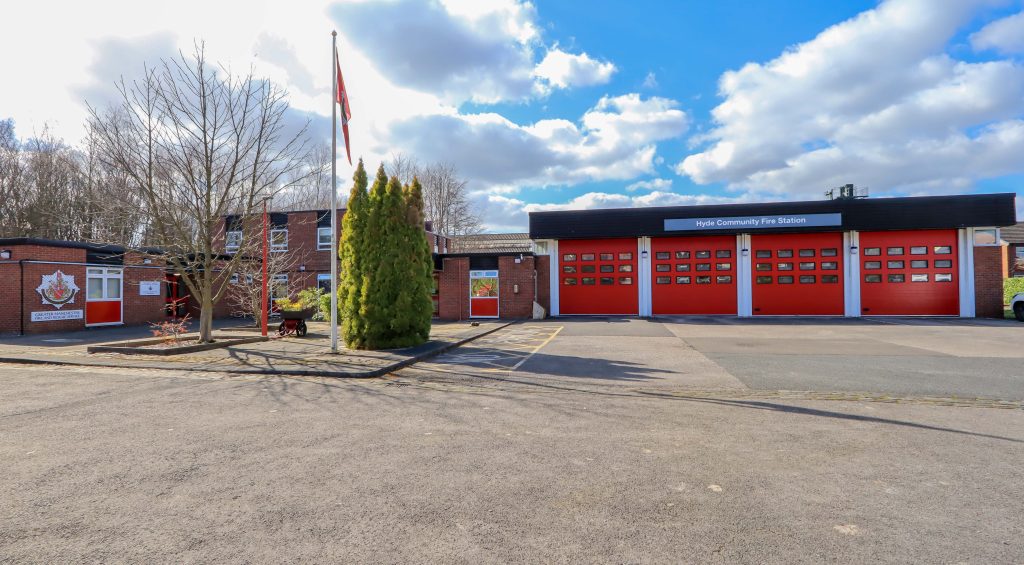Client: Greater Manchester Combined Authority
Completed: 2022
Carbon Reduction: up to 75%
S I Sealy was commissioned by the GMCA to undertake 23 energy surveys for a range of fire station buildings within Greater Manchester on behalf of Greater Manchester Fire and Rescue (GMF&R). The studies provide GMF&R with detailed reports containing decarbonisation predictions based upon building fabric and technology improvements that will significantly improve the energy efficiency and performance of the buildings.
When implemented, these measures have the potential to reduce energy use and carbon emissions from the 23 buildings surveyed by between 35% and 75%. The overall result for all 23 buildings showed a potential carbon reduction of 733 tonnes per annum. The work forms a small part GMCA’s strategy of becoming carbon neutral by 2038.
Each survey is tailored on a building-to-building basis, with the goal to produce the most feasible decarbonisation solution for each building whilst calculating the costs and the benefits for each building. These surveys are carried out by gathering data from the energy systems, utility infrastructure, the condition of the building, fabric, orientation, massing and the occupancy patterns.
Each report includes:
- 3D site survey and survey report
- meter reading analysis
- descriptions of the potential decarbonisation measures
- proposal for reducing the carbon emissions
- quantification of the carbon reduction, including the solution and the individual measures it needs
- cost analysis of these solutions and measures
Each survey was tailored to suit each building resulting in a range of suitable LZC technologies being proposed, including Ground Source Heat Pumps (GSHP), Air Source Heat Pumps (ASHP), Water Source Heat Pumps (WSHP), Solar PV, fabric improvements, roof and wall insulation, LED systems, smart controls and BMS monitoring systems. Energy Modelling was also carried out using EDSL TAS on each building together with Thermal Comfort and Wellness reporting to demonstrate compliance with thermal comfort metrics. After analysing a variety of carbon reduction measures and taking the project constraints into account, the most appropriate solution was then proposed for each building.
Conducting these energy surveys demonstrated real opportunities to reduce carbon emissions, reduce energy use whilst simultaneously improving thermal comfort conditions within each building.


